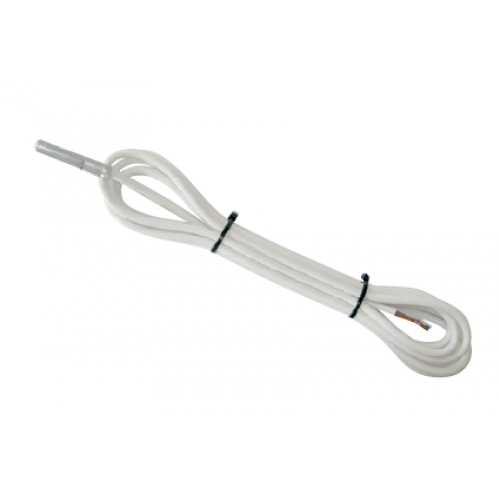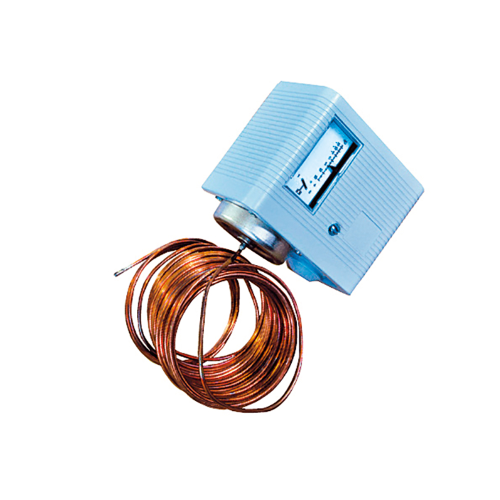- IKW water cooler is designed for square ducts in conjunction with DIRECT AIR units
- water cooler shell is made of galvanized sheet metal
- fins are aluminum on copper tubes
- connection is by soldering
- cooler includes droplet eliminator
Installation and operation
- during installation, it is necessary to remember to drain and fill the system and provide access for servicing, including venting
- the coolers can only be installed indoors (in place, where the temperature is permanently above 0 °C)
- installation exclusively in horizontal position
- an air filter must be installed in front of the cooler (protection against pollution)
- it is recommended to include the cooler behind the heater
- the cooler must be designed with regard to the amount of condensate generated
- the air velocity in the duct must not exceed 4 m/s, Otherwise, an additional droplet eliminator must be added in consultation with the EDV technical department
- the condensate drainage with the odour trap must be checked for drying out and sufficient water column height must be ensured to overcome the pressure drop of the trap
- the following may be used as a guide to determine the minimum safe level difference in the trap, by taking the total fan pressure Pt in mm of water column, this value is increased by about 50 % (this value represents a practical recommended value for the height of the water column in the trap so that the odour trap cannot be overcome by overpressure blowing or vacuuming by the fan)
- the passing air must not contain solid, fibrous, sticky or aggressive impurities. It must also be free of chemical substances that cause corrosion of the materials used, i.e. corrode aluminium, copper and zinc
- to reduce pressure losses (and thus reduce operating costs) we recommend the use of coolers with air bypass around the evaporator (type IKWxxBP )
- the connection of the cooler to the source is by means of insulated copper piping
- a suitable cooling source can be offered upon consultation with the technical department
Use and operating conditions
Water chillers, type designation IKW, are designed for cooling air in air conditioning systems.
They are designed for direct installation in duct systems (so-called zone coolers). The connection of the cooler to the cooling source is by means of insulated piping (copper, plastic, steel). The best way to determine the capacity or type of heat exchanger is to use the charts shown earlier. After consultation with the technical department, cooling sources can be offered.
The cooling capacity is regulated by controlling the flow of chilled water through the water cooling mixing nodes (ESUCH).
The passing air must not contain solid, fibrous, sticky, aggressive impurities. It must also be free of chemicals that cause corrosion of the materials used i.e. erode aluminium, copper and zinc.
Permitted operating parameters of the water for the cooler: minimum chilled water temperature 5 °C, maximum permissible water pressure 2.5 Mpa (25 Bar) for temperatures up to 20 °C, optimum cooling water temperature gradient 6 °C/12 °C
Technical parameters
When designing the location of the cooler, it is recommended to observe the following principles:
- Coolers may only be installed in an indoor environment, i.e. in a location where the ambient temperature of the cooler does not fall below freezing point.
- Antifreeze (e.g. ethylene-glycol solution) may also be used as coolant. These have a lower specific heat than water and so a proportionally greater flow rate is required to transfer comparable power.
- The coolers must be mounted in a horizontal position and venting must be provided.
- The cooler must be positioned to provide access for servicing.
- An air filter must be installed in front of the cooler to protect it from contamination.
- Maximum performance is given to a cooler that is connected as a counterflow.
- It is recommended to include the cooler behind the heater.
- To reduce pressure losses (and thus reduce operating costs), we recommend using coolers with bypass (type IKW..BP); during periods when the cooler is not cooling, the air goes outside the cooler and thus the pressure losses for the same air flow are reduced. This makes it possible to reduce the power of the fans and consequently the operating costs (financial savings) will decrease.
Dimensions and material
Water coolers are available in eight sizes. The air-side connection is standard with dimensions B x H. The water-side connection is with 22, 28 or 35 mm copper pipe. The chillers are characterised by similar thermodynamic parameters in all sizes. This allows them to cover a wide range of air flows with identical pressure drop characteristics. The shell of the coolers is made of galvanized sheet metal. The headers are made of copper tubes. The heat transfer surface consists of 0,25 mm thick aluminium fins which are overlappingly pressed onto the copper tubes. The coolers are three-row. The materials used are carefully tested and inspected to ensure long life and reliability. All coolers are leak tested with 2 MPa nitrogen in a water bath at 40 °C for 15 minutes.
Accessories and venting
Water chillers only work reliably if they are equipped with accessories that provide the necessary functions - venting, frost protection and power control. As the chiller is most often installed in difficult to reach areas in heights or ceilings, automatic venting is recommended. The automatic valve is screwed into the sleeve at the highest point of the heating circuit. The valve must never be installed upside down!
Important! If you use a TACO valve, Hydrazine max. 5 mg/l or ethylene-glycol max. 50% may be used as a water additive. For other types of additives it is necessary to consult the supplier about the tolerance of additives with swelling rings (inserts).
Frost protection
In normal use, we need to ensure that the radiator is protected against freezing in winter. At this time, the cold source is shut down. The air circulation around the heat exchanger is open, thus reducing the cooling by the incoming air. We have to distinguish between two applications - when the VO is pre-set and when the EO is used. With a properly designed EO, frost protection is also provided to ensure that the temperature behind the heater does not drop below + 5 °C. Consequently, the water cooler is also protected.
In the EO version, we ensure the protection of the water cooler against freezing by monitoring the temperature behind the EO using a B2 sensor. The control system ensures that if the temperature drops below 15 °C, the PMO function is triggered (closing inlet damper KL1 and switching off fans V1 and V2).
Warning
In the event of a mains failure, the water heat exchangers are not protected. Due to the high thermal conductivity and low water content, the heat sink can freeze at low inlet air temperatures and subsequently burst within a few tens of seconds. In areas with severe frost, a tight inlet damper with a safety function must be used, which is equipped with a spring return actuator. In the event of a mains failure, the actuator will automatically close the damper, thus reducing the risk of freezing. The most suitable types of servo motors are BELIMO-SF24A or LF24. The design is understood according to the direction of the outlets when looking at the blades in the direction of the air flow.
Assembly and maintenance
Installation must be carried out by a qualified designer who is responsible for the correct selection of the condenser and accessories. Installation and commissioning may only be carried out by a qualified installation (or electrical installation) company authorised in accordance with generally applicable regulations. The equipment must be carefully checked before installation. In particular, it is necessary to check that some parts are not damaged, that the pipes, fins and manifolds of the cooler, the insulation of the pump and mixing unit servomotor wires are in order. When the cold is transferred by water, chillers and nodes can only be installed indoors where the ambient temperature does not fall below freezing. It is advisable to locate the mixing node close to the water cooler so that the two elements can be connected by the supplied flexible hoses.


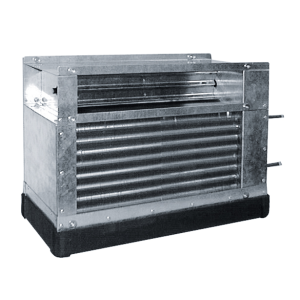
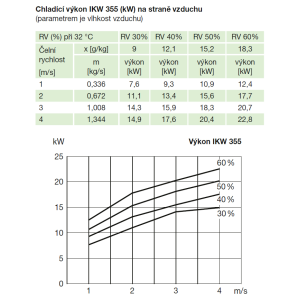
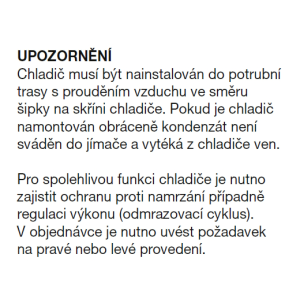
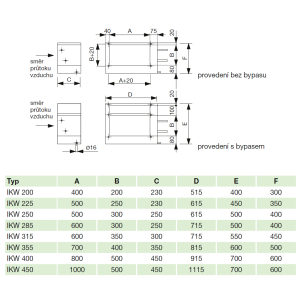
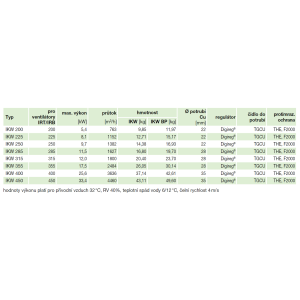
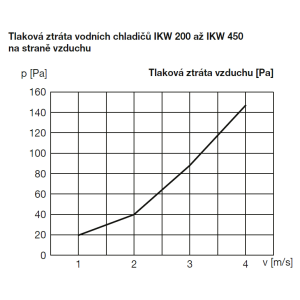
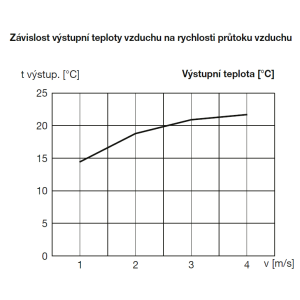
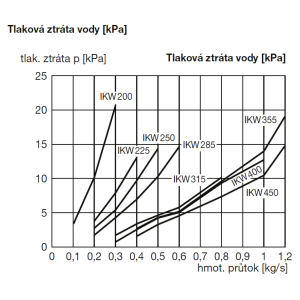
 Share on Facebook
Share on Facebook Tweet
Tweet Send email
Send email
